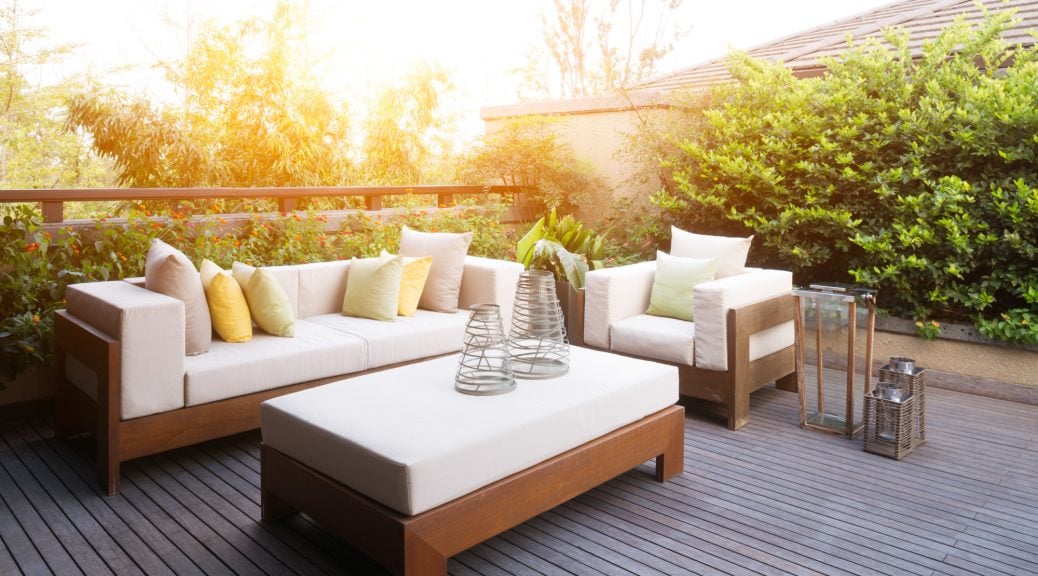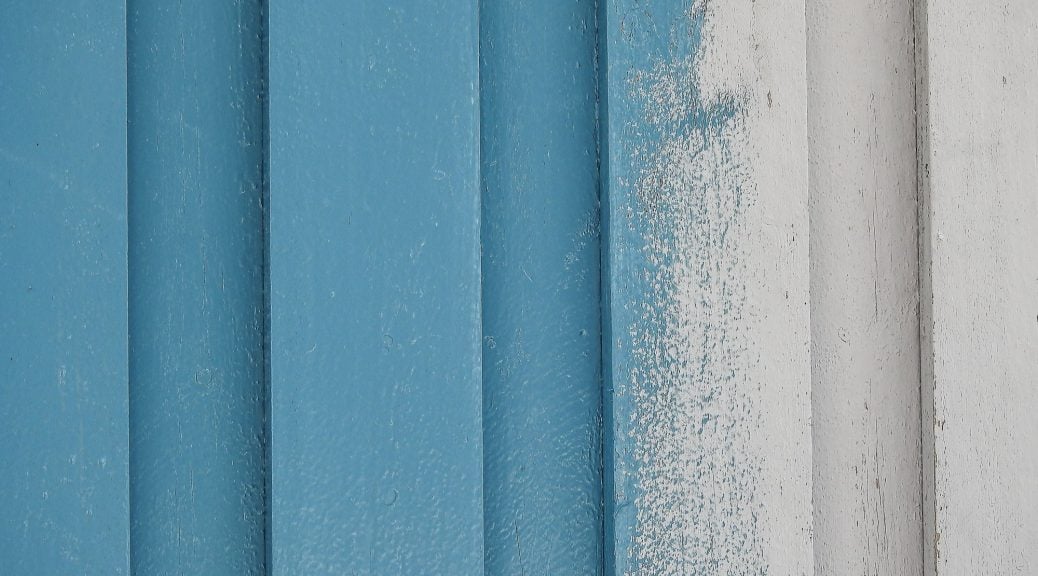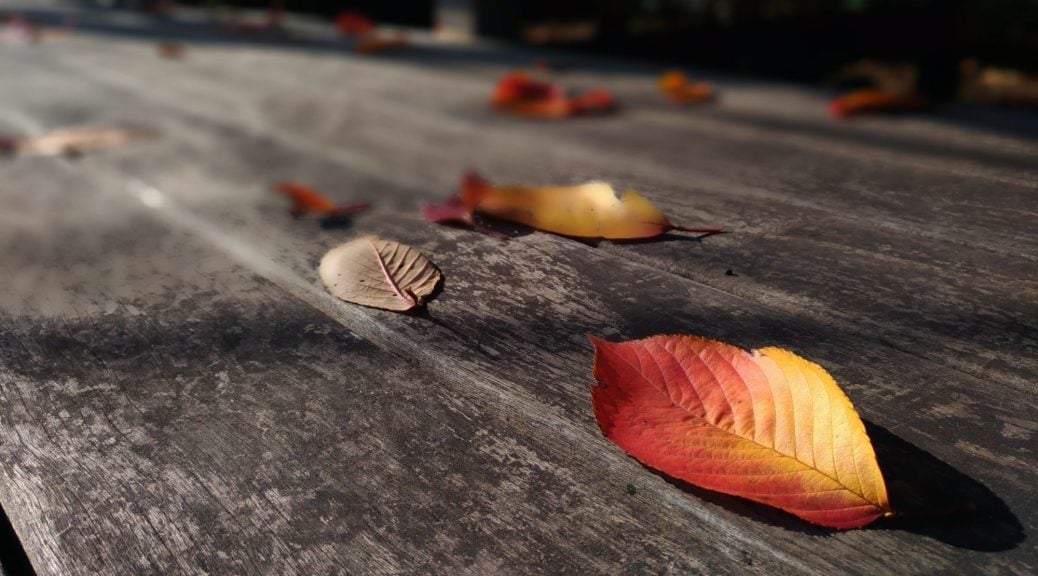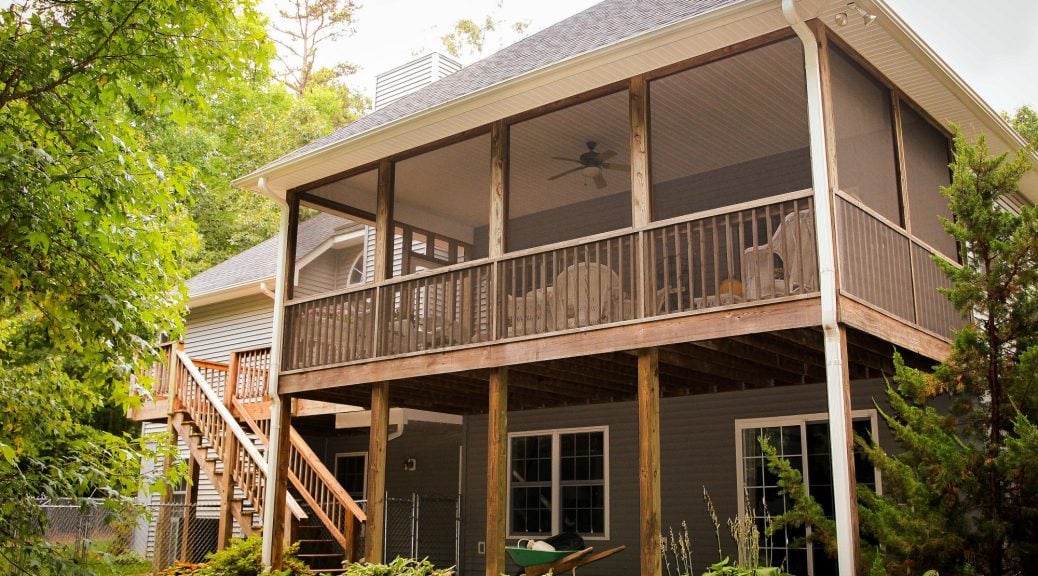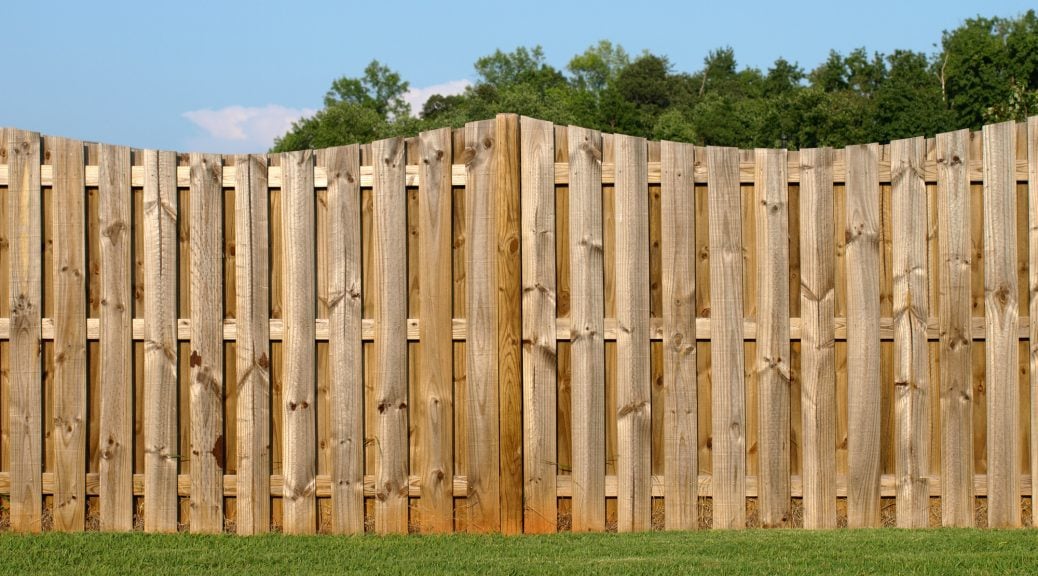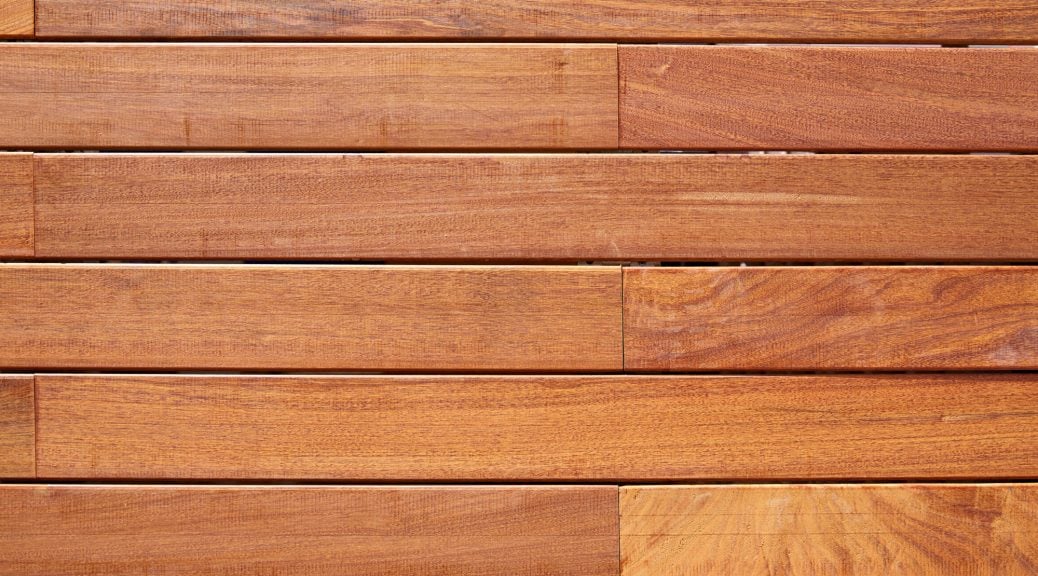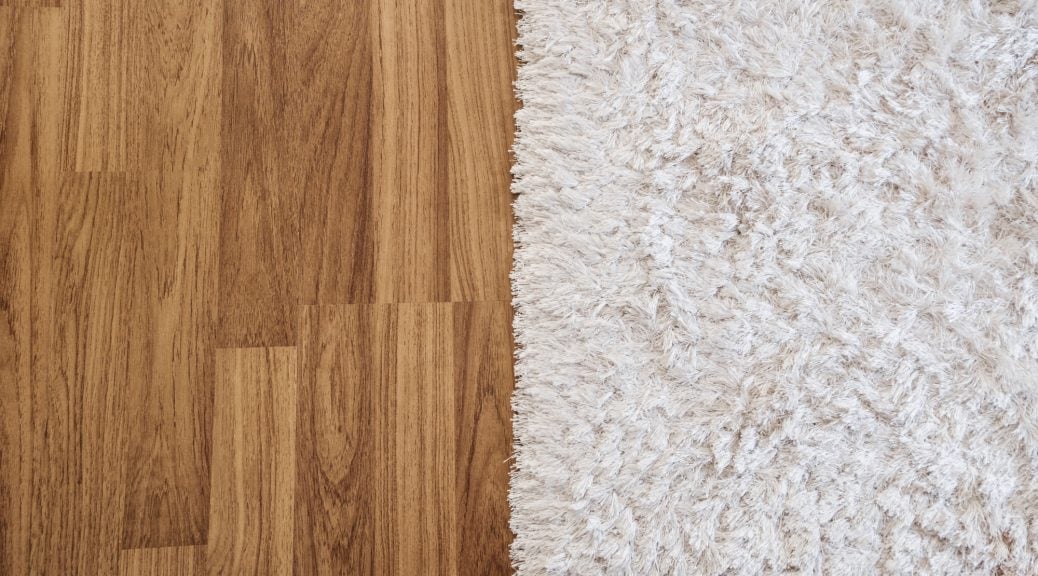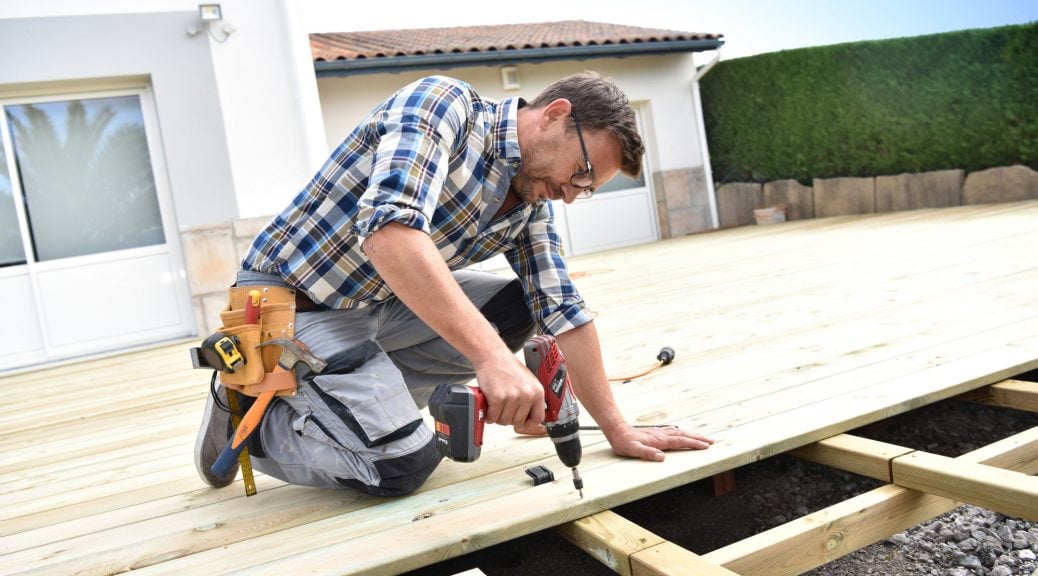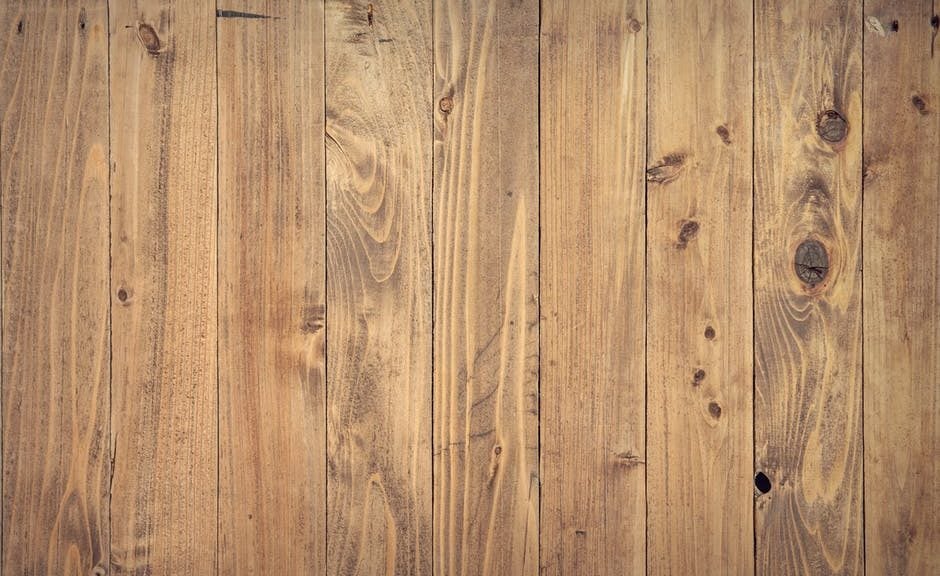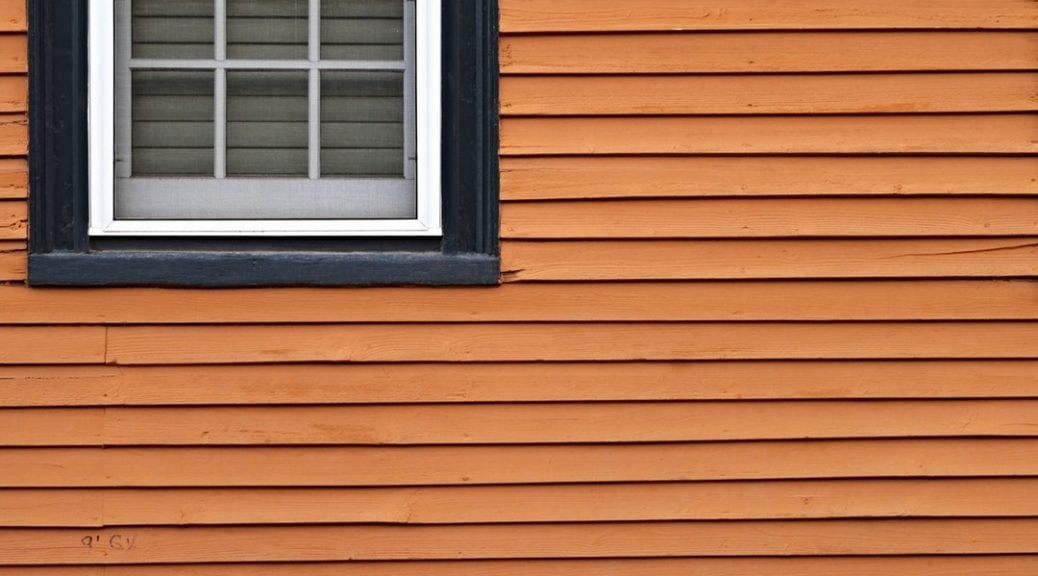Since the average American homeowner spends between $18.371-$76,017 on home renovations, it’s important that you get the most bang for your buck. This means using only the highest-quality materials and installing them carefully and meticulously. It also means investing in wood that is durable while looking amazing. When it comes to wood, Ipe wood is the most durable and attractive that money can buy. This makes it perfect for home exterior renovation efforts.
Read on to learn all about Ipe wood and its many benefits as a material for siding, fencing, and beyond!
What Is Ipe Wood?
Ipe wood, also known as Lapacho or Brazilian walnut, is a wood that’s found in South America. The trees that it comes from grow best in tropical climates, which make the Tropical Americas the perfect place to find it. The heartwood is a reddish brown, but it can also have olive or yellow hues in many situations.
Ipe wood also is very textured, which makes it attractive for exterior home applications. The medium grain has lines that come in various textures. Whether you want them to be patterned or interlocked or to come in clean, straight lines, there’s a cut of Ipe wood just waiting for you to find it.
Why Is It Ideal for Exterior Renovation?
Ipe wood is the ideal wood for exterior renovations for reasons other than aesthetics as well. It’s a very durable wood and is resistant to water damage and rot caused by insects. It also won’t be damaged by humidity or excessive heat. This makes it the perfect option for weathering the elements.
Additionally, Ipe wood is incredibly low maintenance. It doesn’t require any chemical treatments and doesn’t need to be replaced often. In fact, since it is the one of the densest and hardest woods on the globe, it can last for decades without needing replacement. Because it is resistant to flame and water alike, there’s also nothing that can stop it from functioning properly as siding or decking.
Our Ipe wood is also sustainably sourced, so you don’t need to worry about negative environmental impacts, either! The forests that it comes from in the Tropical Americas are sustainably managed and there is space for renewable usage.
Where Can It Be Used?
Ipe is a versatile variety of wood. Because of its durability, it can be used for a multitude of applications that many wood types cannot.
One of the main places that you will find Ipe wood outside a home is as siding. Wooden siding made from Ipe is notoriously low-maintenance and only needs to be polished once each year to retain its brown hue. However, if you don’t polish it, it will just fade to a desirable and unique yellow or gray. This is the more common approach.
Many people also use Ipe for deck or patio flooring. It’s the best decking wood on the market because it’s hard enough to handle foot traffic and even heavy object falling onto it like branches. Additionally, it doesn’t allow for mold growth, so the wood will last a long time even in more humid climates.
Another great application of Ipe wood is as fencing. If your home has Ipe siding, having a fence to match is essential to creating a cohesive exterior design scheme. Your house will look majestic and high-class when you use this heavy and majestic wood for multiple design applications.
Also, because the boards we sell for all applications are milled especially for each project, every order is customized. Working with us to create an Ipe exterior ensures that your home will be individualistic and one-of-a-kind!
Varieties of Ipe Wood
While Ipe wood doesn’t come in different colors or designs, we offer a variety of cuts so that you can choose the best option for your home. We offer planks in a variety of sizes so that you can choose the best fit for your siding, decking, patio flooring, and any other applications that you would like to use them for.
We also offer Ipe wood with multiple types of edging. Eased-edge Ipe, the standard variety, has smooth and rounded corners. This is especially important if the planks are being used on a deck or patio floor. After all, you don’t want to continuously poke your feet on sharp wood corners!
However, for easier assembly, you can select and purchase pregrooved Ipe. These cuts have grooves already installed so you don’t need to use any power tools or other machinery to apply them to their intended location. All you need to do is use the hidden fasteners to hold them together.
If you’re having professional installation done, eased-edge Ipe is generally the better choice. However, those doing DIY installation will likely prever pregrooved since Ipe wood is incredibly hard and notoriously difficult to saw through.
Start Your Renovations Today
While there are many materials that you can use when renovating your home, Ipe wood is the perfect choice on many levels. Not only is it visually appealing, but it’s durable, long-lasting, and makes for one-of-a-kind exterior design that you’re sure to love.
Now that you know why Ipe wood is perfect for your 2020 exterior renovation, it’s time to get started! Contact us for more information on the Ipe siding, fencing, decking, and more. Our experts are happy to help you find the perfect cuts of wood for your home project, so we look forward to hearing from you soon!

